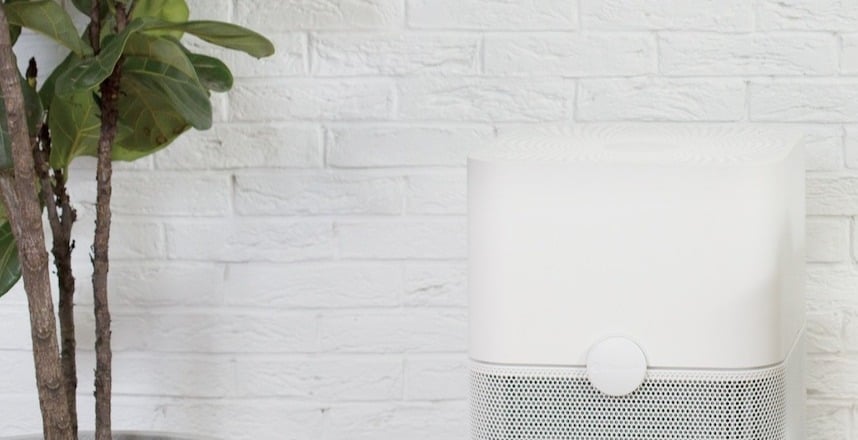Newsletter
Airborne pollutants are often invisible and odorless. This makes it tricky to know what we’re breathing and if our protective solutions are working.
Pinpointing Sources of Pollution
Have you ever found yourself asking the following questions:
- Why am I coughing, having difficulty breathing, or experiencing a skin allergy?
- Should I open my windows right now?
- Are pollutants coming in from outside?
- Does my floor cleaner contain harmful chemicals?
- Is my purifier working?
To help you keep an eye on the air in your home, an indoor air quality monitor helps to answer these questions by pinpointing sources of pollution. Monitors put you in the driver’s seat so you know when to take protective action.
If you’ve ever done a quick search for air quality monitors on the Internet, you’re likely to yield dozens of results. There are a number of great devices to choose from, but what it really boils down to is finding a monitor that suits the needs of you and your home.
An air quality monitor is the first step in gaining control of your indoor air quality. In this post, you will learn how to choose the best air quality monitor.
What Is Measured Can Be Managed
Location, habits, and products impact your indoor air quality.
Different homes have different concerns regarding air quality. If you live in a polluted city like Beijing, you might be wary of outdoor particulate matter seeping into your home. If you have pets, you might be looking to see if pet dander is causing you to sneeze. If you notice a skin allergy, you might want to know whether harmful chemicals may be the source.
All homes are different and have different factors that affect indoor air. Common parameters that impact your home’s air quality include:
- Particulate matter (fine dust and PM2.5)
- Temperature and humidity
- Carbon monoxide
- Carbon dioxide
- Chemicals
When you consider which air quality monitor will work for your home, it’s important to find a monitor that is fitted with the correct sensors so that it can measure all your needs.
Easy to Read and Understand
Using an air quality monitor should help you seamlessly understand your environment. Features such as a simple, intuitive screen and controls allow you to know instantly the current air quality. A quick glance from across the room should let you know if your efforts are working, or if more steps need to be taken.
These devices are intended to help to make complex topics simple. When shopping for an air quality monitor, look for devices that are easy to read and understand.
Intuitive and Automated
If you are looking for round-the-clock pollution control, a connected and smart device is what you need. The monitor connects to a mobile or web-based application that gives you the information needed to make a better breathing space. A smart air quality monitor can communicate with your home appliances to automate your indoor home environment. Get fresh air effortlessly by combining smart devices with a smart air quality monitor.
Find Your Solution
An IAQ monitor is your first line of defense against air pollution. It allows you to fight against the invisible and helps you find pollution-control solutions. Your monitor’s readings will help you decide if you need to make simple modifications around the home or find an appliance to help you optimize your indoor air.
There are many factors to take into consideration when choosing the right monitor for your home. Before you can fight pollution, you have to measure it. Poor indoor air quality is a problem of varying degrees depending on where you live. Consider what features your device will need, how easy it is to read, how intuitive it is with other devices, and what sensors you need to measure the pollutants specific to your home.






.png?width=200&height=148&name=Menu%20C%20(2).png)

.png?width=307&height=228&name=Menu%20-%20D%20(1).png)
.png)




